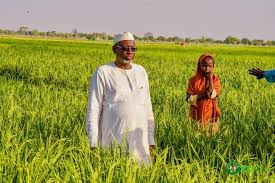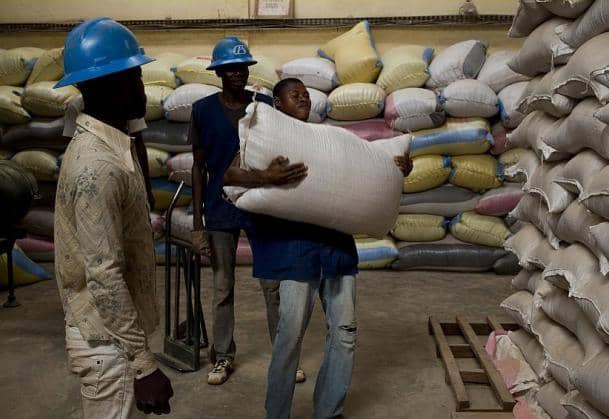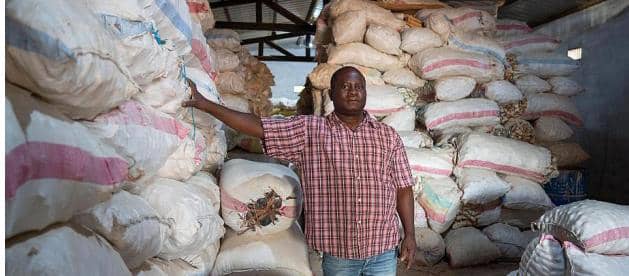
Iliyasu Abdullahi Bah
In a major policy shift aimed at transforming the agricultural backbone of its economy, the Jigawa State Government has unveiled a plan to establish a commodity warehouse receipt system and a formal commodity market. This initiative, announced by Governor Malam Umar Namadi, is designed to tackle the chronic issue of post-harvest losses that have plagued local farmers for decades, ultimately seeking to significantly increase their profitability and financial security.
The announcement, made during an interview in the state capital, Dutse, signals a strategic move towards a more structured and market driven agricultural sector for one of Nigeria top food producing states.
Governor Namadi identified the core problem facing Jigawa farmers as the forced “distress sale.” Immediately after harvest, a massive glut of produce hits the local markets, causing prices to crash. With limited or inadequate storage facilities, farmers have no choice but to sell their crops at these low prices to avoid watching them spoil.
“This system will break that cycle of exploitation,” Governor Namadi stated. “It will allow our farmers to store their harvests in certified warehouses and, crucially, access immediate financing from our partner banks using their stored produce as collateral. They will no longer be forced to sell their entire yield at once.”
The proposed Warehouse Receipt System will operates as a form of agricultural finance after commodity deposited in the warehouse, a farmer can access a loan with the receipt collected from the warehouse to improve volume of harvest. Namadi stated.
According to FAO and AGRA 2019 Nigeria agricultural sector is dominated by smallholder farmers, who represents about 80% of the farmers and operate on farm sizes averaging about 2.5 hectares. The report said that, if appropriately supported, the smallholder farming sector can put the country on the path to self-sufficiency and ensure satiety for household food consumption.



However, this potential is undermined by productivity challenges, high post-harvest losses and lack of commercialization. Post-harvest losses are as high as 40%, driven by poor handling techniques and lack of adequate storage facilities and infrastructure (APP, 2016). Consequently, smallholder farmers receive lower prices due to quality losses and encounter difficulty in accessing credit for their working capital needs.
Agricultural economists hail the initiative as a game changer with far reaching benefits for a farmer to Increased income, access to credit, and empowerment to negotiate better prices as well as improving reduction in post harvest waste which can be as high as 40% for some grains such as beans and other related crop, enhanced food security, and the attraction of agro-processing industries that require a reliable year round supply of raw materials.
